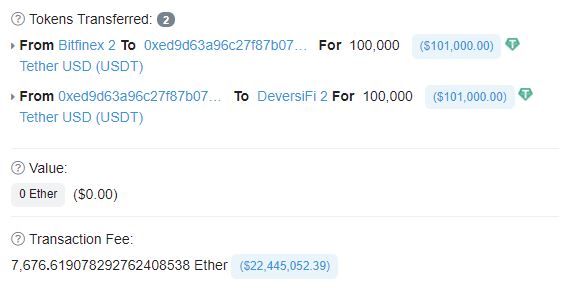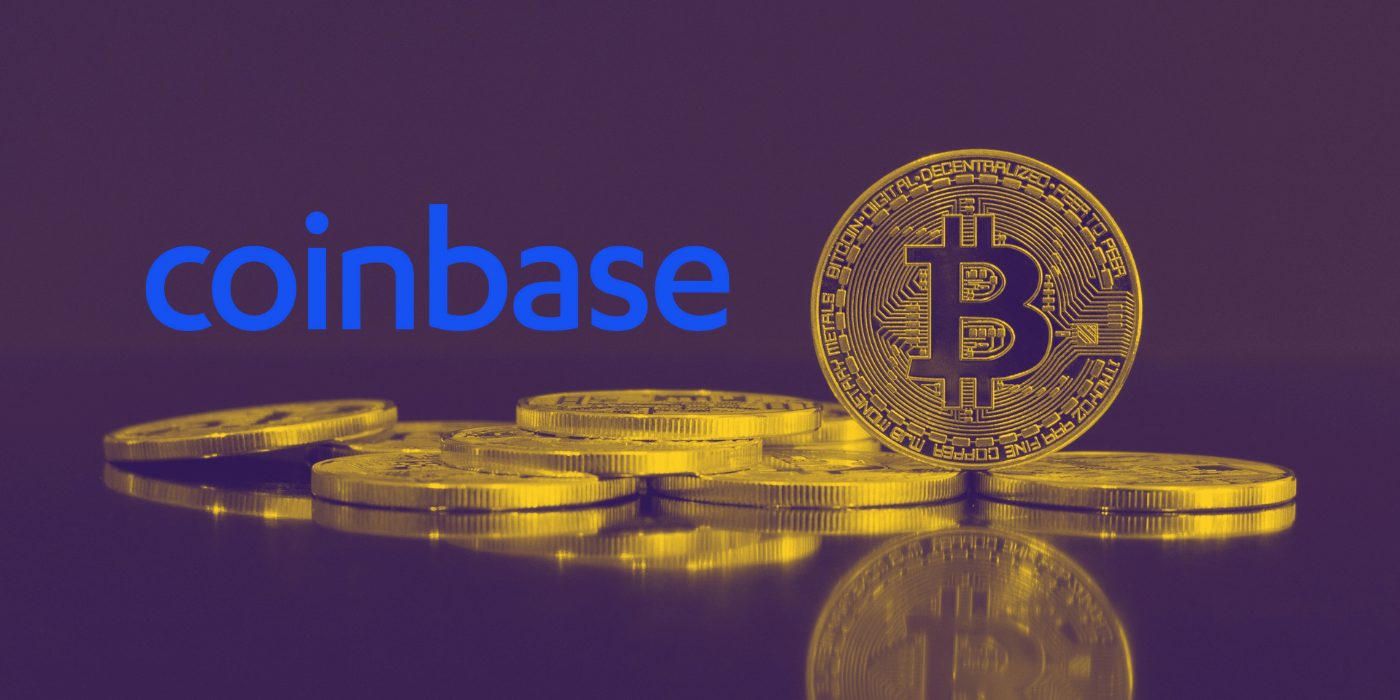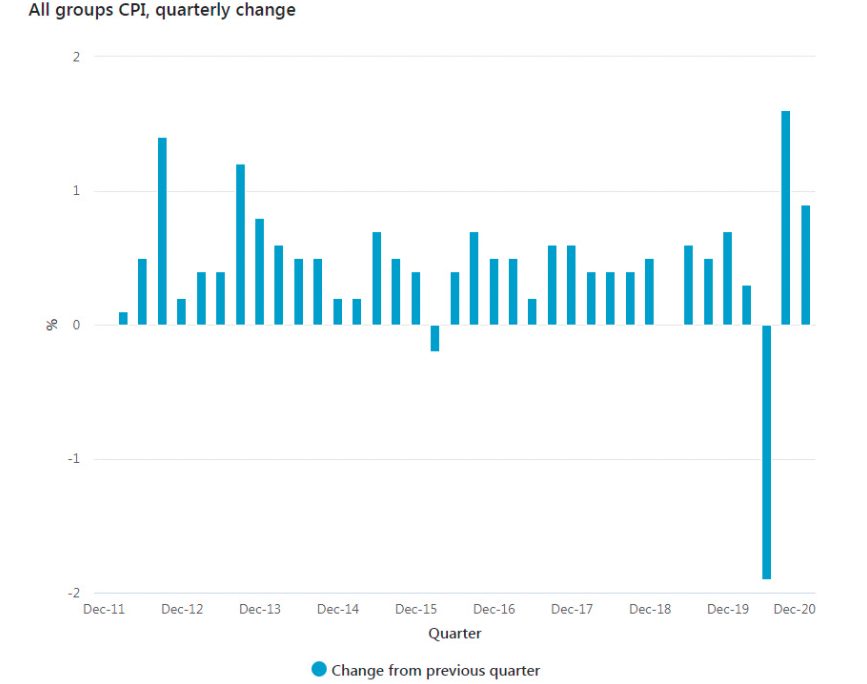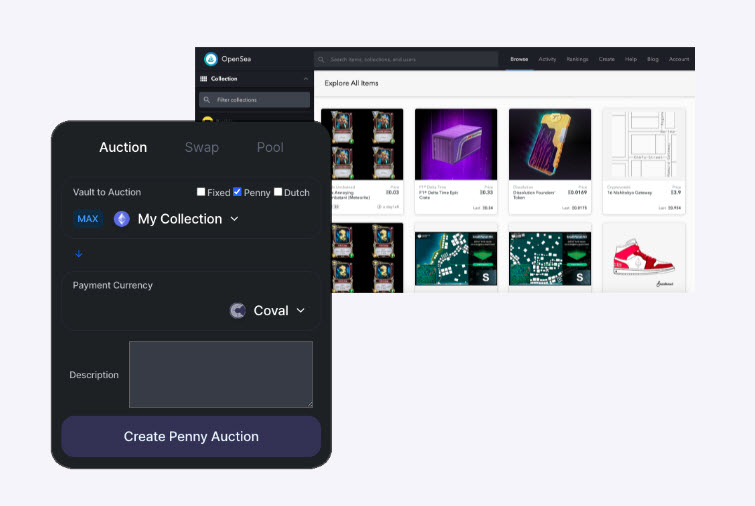The decentralised exchange (DEX) DeversiFi mistakenly paid a fee of US$22 million for a transaction that should have been a fraction of the cost. The miner altruistically returned the funds seeing it was accidental, showing the cooperative side of the crypto community.
On September 27, “a deposit transaction was made by a DeversiFi hardware wallet from the main DeversiFi user interface with an erroneously high gas fee”, the exchange tweeted. The transaction was done through DeversiFi for Bitfinex in order to save on transaction fees.
This transaction was to deposit funds on the DeversiFi L2 solution. These transactions are extremely rare and third-party companies [usually] cover the costs of such integrations.
Bitfinex representative

The details of the transaction can be seen on Etherscan where block 13307440 had a transaction fee of over $22 million for a $100,000 deposit transaction.
All You Need To Do Is Ask
While working on discovering the cause, the DeversiFi team said it reached out to Binance. The miner’s address continually routes funds to the centralised exchange; this is generally done to sell mined ETH.
Binance agreed to give the miner DeversiFi’s contact information, and the miner agreed to return the funds “after a few emails back and forth”. DeversiFi pushed for the miner to keep 50 ETH as a reward.
This was a show of crypto community spirit, given that because of the nature of the blockchain the miner could have kept the funds, and it’s unlikely any legal proceedings could have compelled him to return them.
While the mining pool that received the gas fee is anonymous, it is currently ranked ninth among the largest Ethereum miners and is responsible for roughly 3.1 percent of the network’s hash rate, according to Etherscan.
What Caused the Problem?
In a postmortem blog post on September 28, DeversiFi said that the exceedingly high gas fee was due to an error caused by a calculation mess-up in how the EthereumJS library processes decimals.
The team also said it worked with hardware wallet provider Ledger on a bug patch, and that the bug could only apply to large wallets such as theirs.
The team also wrote that DeversiFi has implemented “additional safety and sanity checks to ensure gas fees associated with transactions could not exceed unrealistic thresholds”. The new checks aim to “protect against user error, extreme network fee spikes” to serve as “an additional layer of protection against any future coding error”.
No customer funds on DeversiFi are at risk and this is an internal issue for DeversiFi to resolve, and operations are running as usual.
















